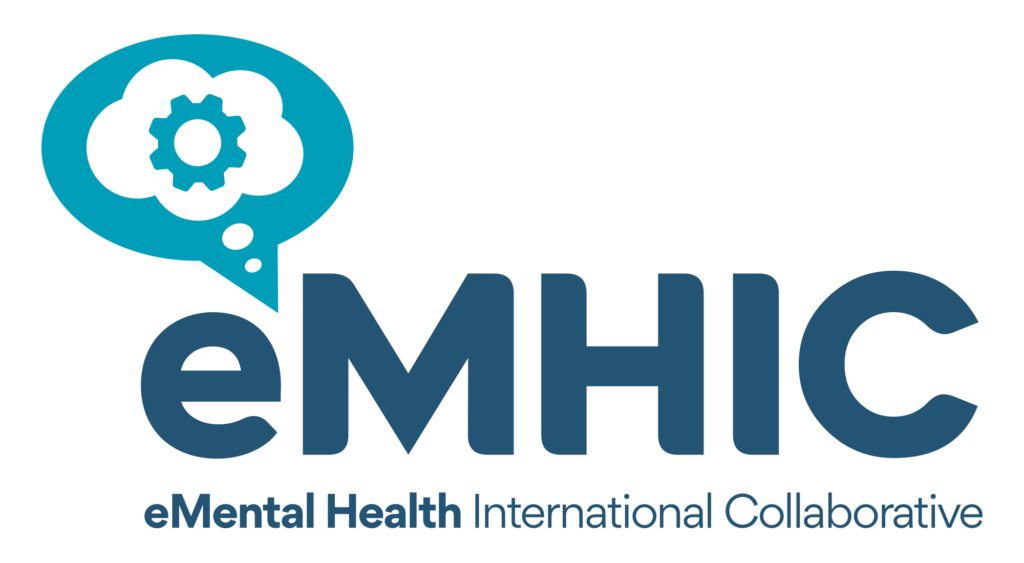Key Highlights:
Background:
- Opioid use disorder (OUD) is considered a chronic, relapsing disease…An early goal of therapy is harm reduction, or the implementation of patient-centric measures to reduce exposure to, and harm from, illicit opioids.
- In the United States (US) in 2019, it was estimated that 10.3 million individuals misused opioids and 1.6 million were diagnosed with OUD.
- Current standard of care for OUD includes medications…used in conjunction with counseling, and behavioral therapies.
- Prescription digital therapeutics (PDTs) have the potential to facilitate and expand access to OUD treatment by delivering evidence-based neurobehavioral treatment in a convenient, familiar, and confidential form.
- reSET-O is a 12-week Food and Drug Administration (FDA)-cleared PDT that combines CBT with fluency training (FT) and contingency management (CM) through 67 on-demand text, audio, and video lessons.
- A budget impact analysis (BIA) of a new health technology is an important part of a comprehensive economic evaluation.
- In the current study, the budget impact of reSET-O in OUD up to 5 years was assessed from a US third-party payer perspective incorporated recently available real-world HCRU data, re-treatment rates, and updated cost scenarios reflecting low- and high-cost treatment episodes to better account for different payer perspectives.
Methods:
- The analysis was developed following the International Society for Pharmacoeconomics and Outcomes Research (ISPOR) guidelines for budget impact models.
Results:
- With the introduction of reSET-O into the market, total yearly costs were projected to be consistently lower than those of the current market, with the magnitude of savings increasing steadily over the 5 years.
- This BIA suggested that the additional treatment costs from reSET-O were fully offset by the reduction in costs associated with HCRU. The savings start with the first treatment cycle due to a reduction in hospitalizations and ED visits, the inclusion of CM, and a 50% reduction in counseling sessions, and the cost savings increase as the proportion of patients treated with reSET-O increases.
- reSET-O represents a potential opportunity to avoid the substantial costs and use of inpatient and ED services by retaining patients who might otherwise drop out of therapy and return to the use of illicit opioids.




